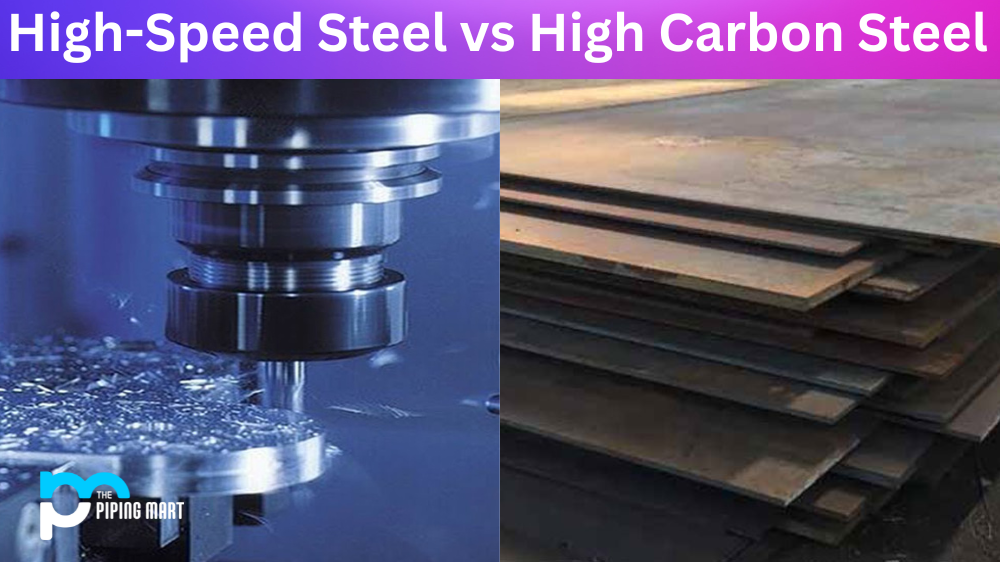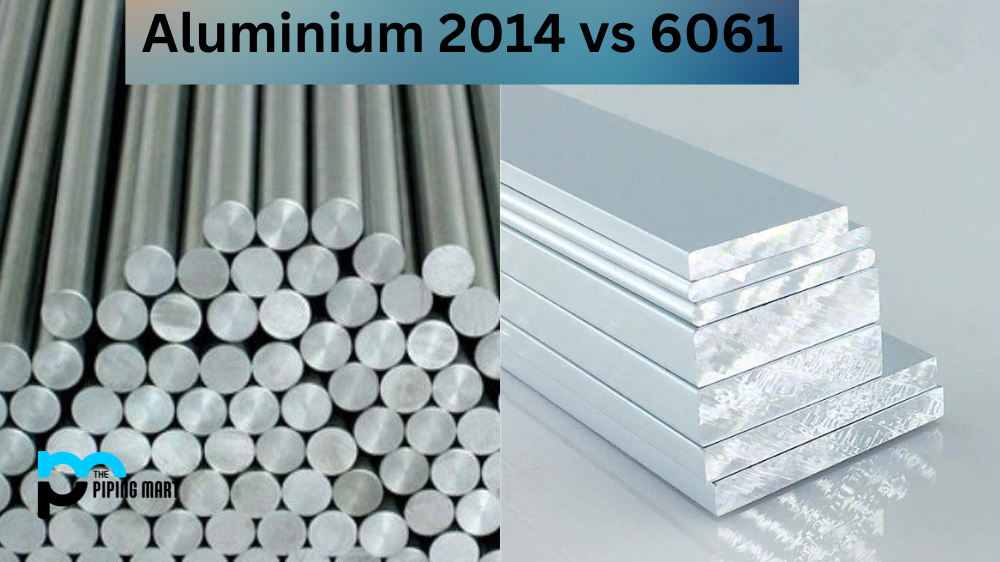High-speed steel and high-carbon steel are two different types of metal alloys that have a variety of uses. Both are made from iron and carbon, but the difference lies in their composition. While both types of metal can be used for many practical purposes, understanding the differences between them can help you choose which option is best for your project.
High-Speed Steel
High-speed steel is a type of tool steel that is used for making cutting tools. It is often used for drill bits, end mills, and reamers. High-speed steel is made by adding tungsten, chromium, or vanadium to carbon steel. This results in a steel that is harder and more wear-resistant than high-carbon steel.
High Carbon Steel
High-carbon steel is a type of carbon steel that has a high amount of carbon. This makes the steel harder and stronger than other types of carbon steel. However, high-carbon steel is more difficult to weld and can be brittle.
Difference Between High-Speed Steel and High Carbon Steel
Composition and Uses
High-speed steel is an alloy that contains a combination of tungsten, cobalt, chromium, and molybdenum. It has a higher resistance to abrasion than other metals due to its hardness, making it ideal for tools such as drill bits and saw blades that need to be cut through hard materials. It is also resistant to heat which makes it great for applications where high temperatures may be encountered.
High-carbon steel contains more carbon than other types of steel, typically ranging from 0.6-1%. This makes the metal harder than other steels, allowing it to retain its shape over time without bending or breaking easily. It is also highly durable and can withstand extreme temperatures without becoming brittle or cracking. This makes it ideal for use in construction projects such as bridges or buildings, which require strong support structures that must stand up against harsh weather conditions over time.
Because high-carbon steel is stronger than high-speed steel, it is often used in applications where strength and durability are important such as heavy machinery parts or tools with sharp edges like axes or knives. However, because it lacks the ability to retain its shape over time as high-speed steel does, it should not be used when precision cuts are needed where accuracy matters most.
Properties
High-speed steel has a higher melting point than high-carbon steel, meaning it can withstand higher temperatures before beginning to soften. High-speed steel is also tougher and more wear-resistant than high-carbon steel. Additionally, high-speed steel retains its hardness at higher temperatures, making it ideal for use in cutting tools that are subject to high temperatures during use.
High-carbon steel has a lower melting point than high-speed steel, meaning it will begin to soften at lower temperatures. However, high-carbon steel is easier to weld than high-speed steel. Additionally, high-carbon steels are often used for applications where strength and hardness are required but wear resistance is not as important.
Uses
High-speed steels are often used for cutting tools that are subject to high temperatures during use, such as drill bits and end mills. They are also often used for tools that require a tough and wear-resistant cutting edge, such as reamers.
Conclusion:
Both high-speed steel and high-carbon steel have their own unique advantages depending on what application they are being used in. For example, if you need a tool with a sharp edge that will remain sharp over time, then high speed steel would be the better choice, while if you need something strong enough to withstand harsh weather, then high-carbon steel would be the better option. Understanding the differences between these two metals will help you make an informed decision about which material would best suit your project needs. With this knowledge in hand, you’ll be able to find exactly what you’re looking for!

Pipingmart is a B2B portal that specializes in metal, industrial and piping items. Additionally, we share the latest information and information about materials, products and various types of grades to assist businesses that are involved in this business.




